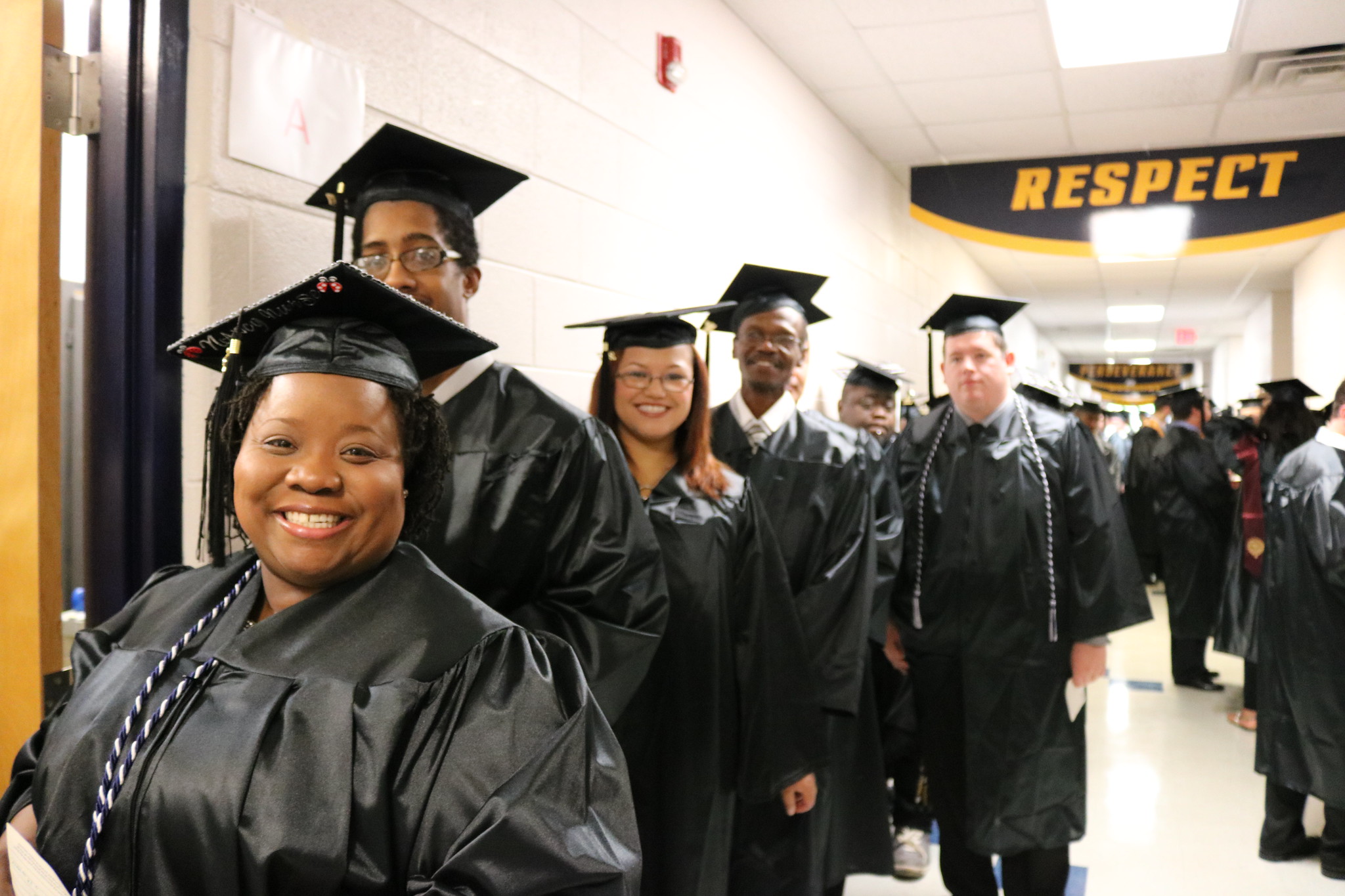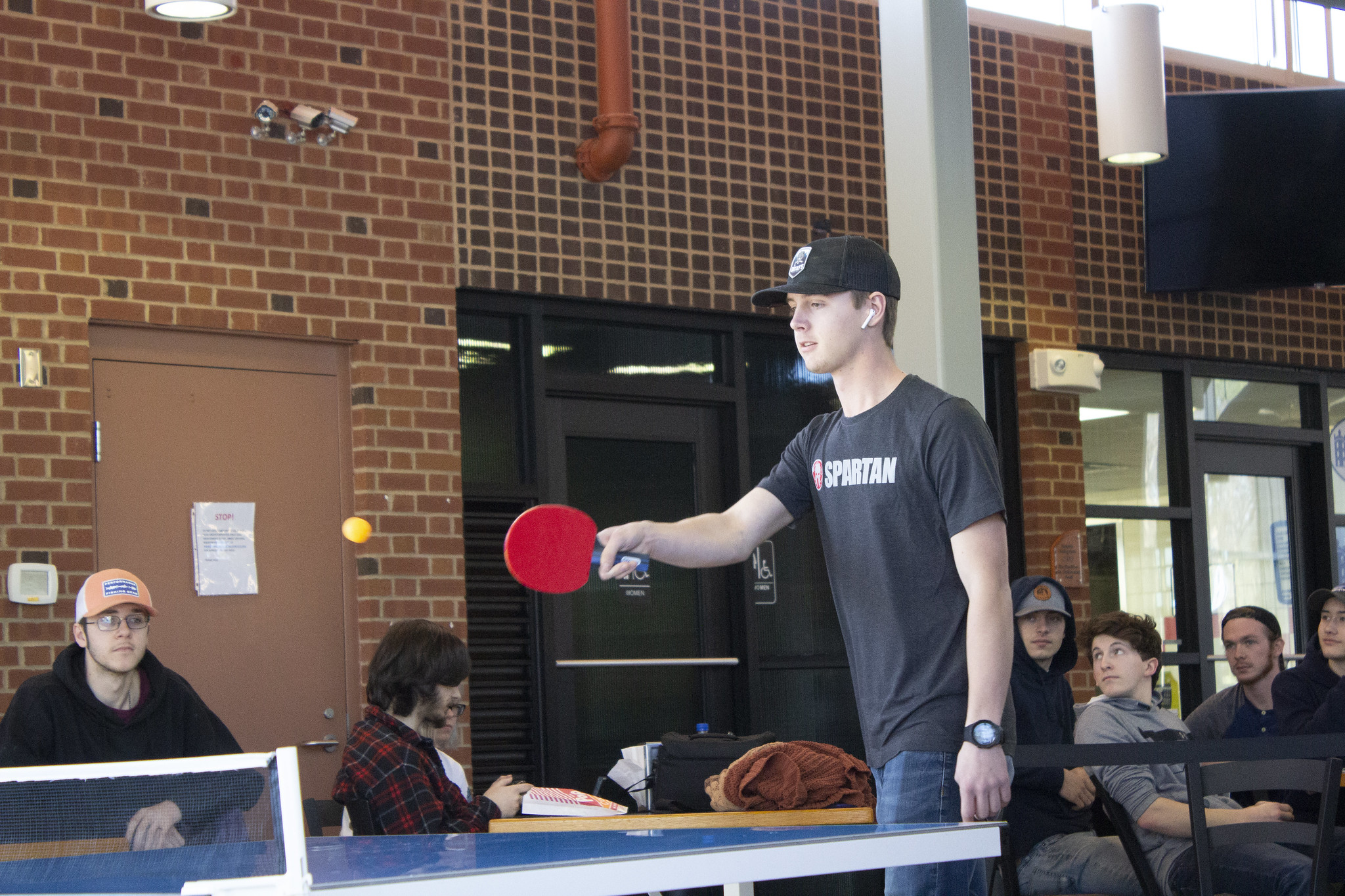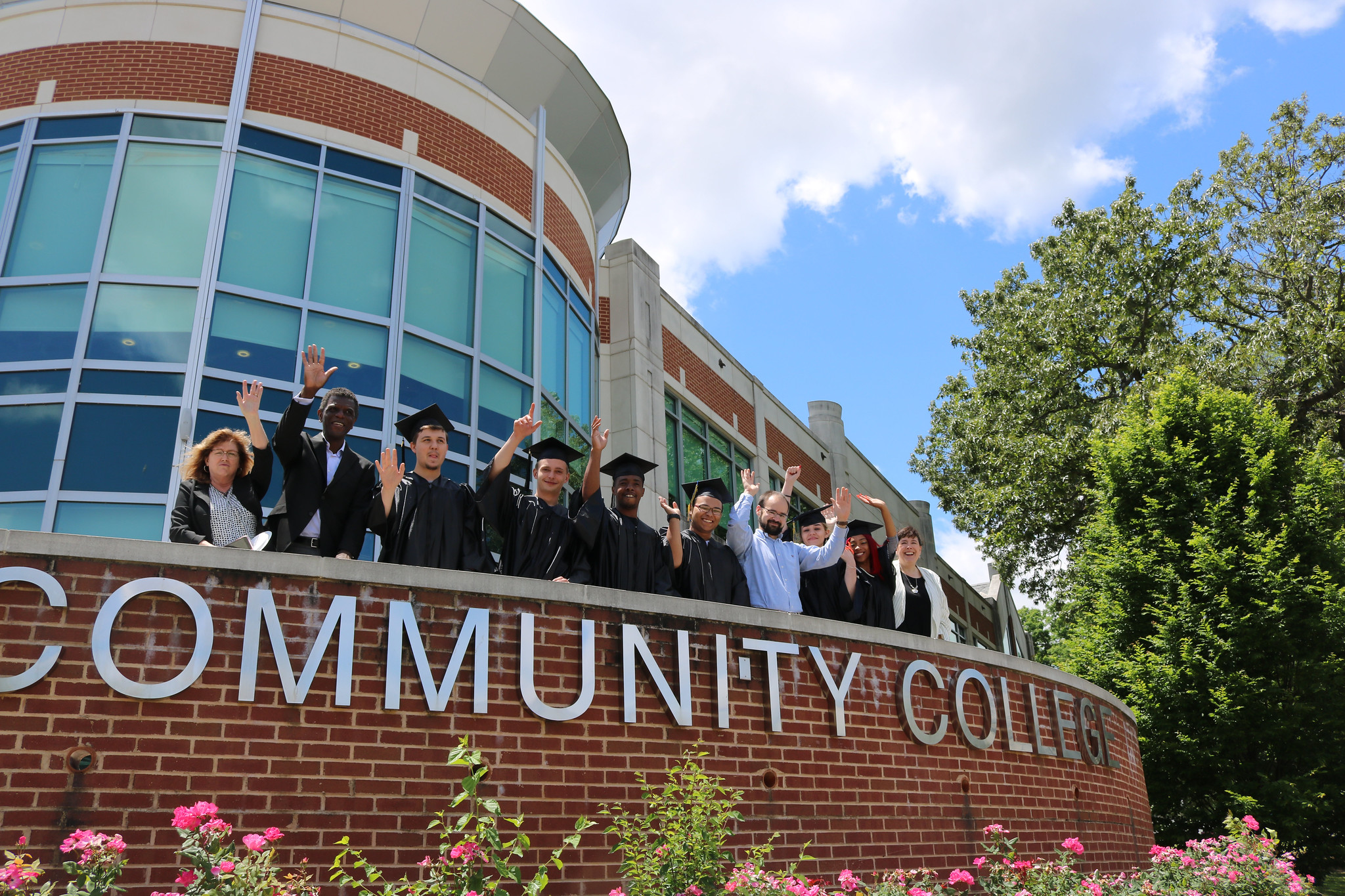Student Learning Outcomes
Diversity in Civic Life: Students will recognize the value of diverse feelings, perspectives, life experiences, and the strength that such diversity brings to civic life.
Method
Writing Assignment Grading Rubric using scores for (a) thesis and (b) development.
Criteria of Success
At least 60% of students will develop a thesis that demonstrates the recognition of diverse perspectives and values in civic life.
Results
2021-2022:
Thirty students developed an acceptable thesis (71%) and twelve students did not.
2024-2025:
Seventy-one students developed an acceptable thesis (75.5%) and twenty-three did not.
Sample
2021-2022:
42 students out of 42 enrolled
2024-2025:
94 total
Use of Results for Continuous Improvement
2021-2022:
In the future, faculty will provide exemplar models anonymously with the class.
2024-2025:
These results will guide future civic engagement assignments. Faculty will provide exemplar models anonymously. The exemplar will use the Aristotelian (classical) argument thesis, a straightforward, traditional way of writing a thesis.







